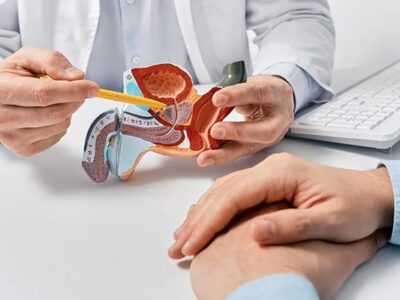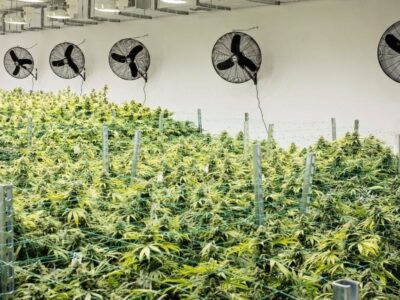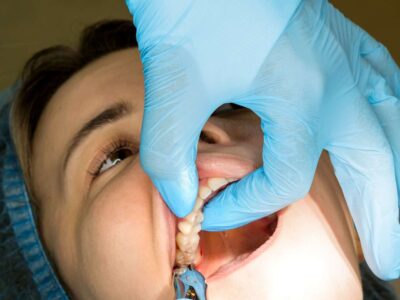An anal fistula is a medical condition that occurs when an abscess, an infected area filled with pus, creates a tunnel between the anus and an opening in the skin around the anus.
A perianal abscess is a localized collection of pus that is caused by an infection. The abscess can form from a number of sources, usually because of an infection in the area around the anus.
An abscess occurs when bacteria, a virus, or another invading organism enters the anus and causes an infection in the surrounding area. This infection can cause the tissue in the area to become inflamed, leading to the formation of a pocket or cavity of pus.
In some cases, the abscess can become so large that it creates a tunnel through the tissue and connects to an opening on the skin around the anus. This tunnel is known as an anal fistula.
Anal fistulas can be very painful and can cause a variety of symptoms, such as itching, burning, and pain while having a bowel movement. They can also cause bleeding and discharge.
In some cases, the fistula can become infected and cause further complications. Anal fistulas are typically treated with antibiotics, medications to reduce inflammation, and in some cases, anal fistula surgery.
Anal fistula surgery is typically used to remove the fistula and any infected tissue. In more severe cases, an artificial fistula can be created to allow the body to heal and prevent the abscess from returning.
It’s important to seek medical attention if you experience any symptoms of an anal fistula, such as pain, itching, burning, and bleeding. Early diagnosis and treatment can help reduce the risk of further complications and prevent the abscess from returning.
Anal Fistula Signs and Symptoms
If you are experiencing any of the following symptoms, you may have an anal fistula and should talk to your doctor:
- Frequent anal abscesses: Anal abscesses are painful and can be accompanied by swelling, discharge, and fever.
- Pain and swelling around the anus: Anal fistulas can cause pain and swelling around the anus, which may be worse when you sit or stand.
- Bloody or foul-smelling drainage: Anal fistulas can produce foul-smelling or bloody drainage from the opening around the anus.
- Irritation of the skin around the anus: Anal fistulas can cause irritation of the skin around the anus due to the drainage.
- Pain with bowel movements: Anal fistulas can cause pain with bowel movements, due to swelling and inflammation of the area.
- Bleeding: Anal fistulas can cause bleeding from the opening around the anus.
- Fever, chills, and a general feeling of fatigue: Anal fistulas can cause fever, chills, and a general feeling of fatigue due to the infection.
If you are experiencing any of these symptoms, it is important to talk to your doctor. Anal fistulas can be uncomfortable and painful and can be difficult to treat. Your doctor can assess your symptoms and determine the best course of treatment for you.
Treatment usually involves draining the abscess and then creating a new, healthier connection between the inside of the anus and the outside of the anus.
Complications of Anal Fistula
Anal fistulas can also lead to other health complications. These include:
- Recurrent abscesses
- Infections of the rectum or perianal area
- Damage to the sphincter muscles, which can lead to fecal incontinence
- Urinary incontinence
- Perianal sepsis, a serious infection of the perianal area
- Sepsis, a life-threatening infection that spreads throughout the body
Diagnosing Anal Fistulas
Your doctor will diagnose an anal fistula during a physical exam. They may also recommend imaging tests, such as an MRI or CT scan, to look for signs of an abscess or fistula. Your doctor may also take a sample of the pus from the abscess to test for bacteria.








Comments